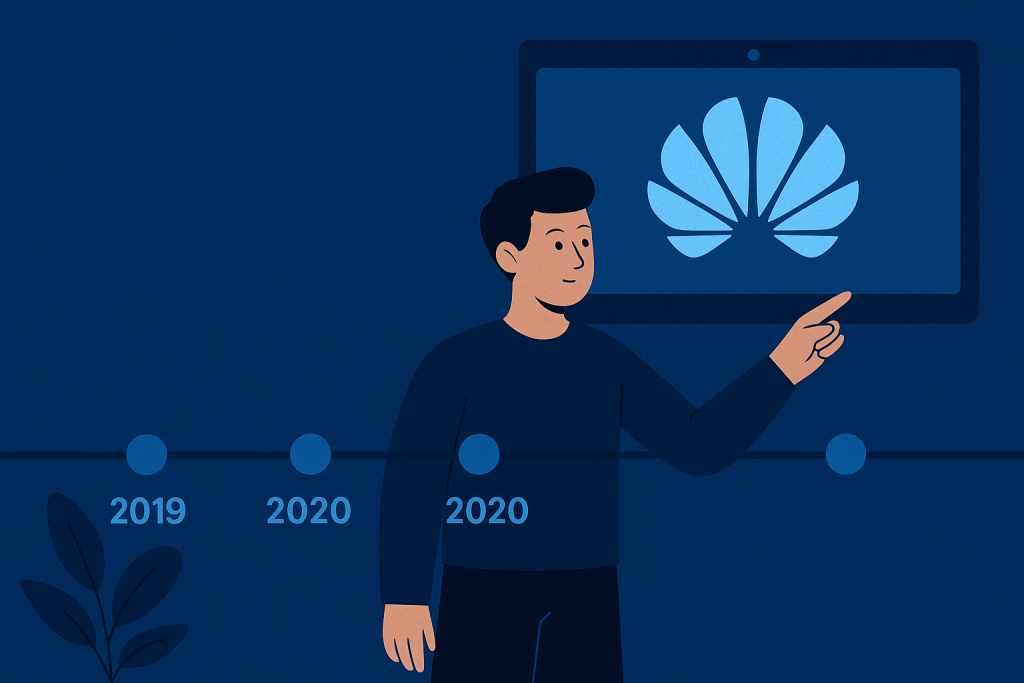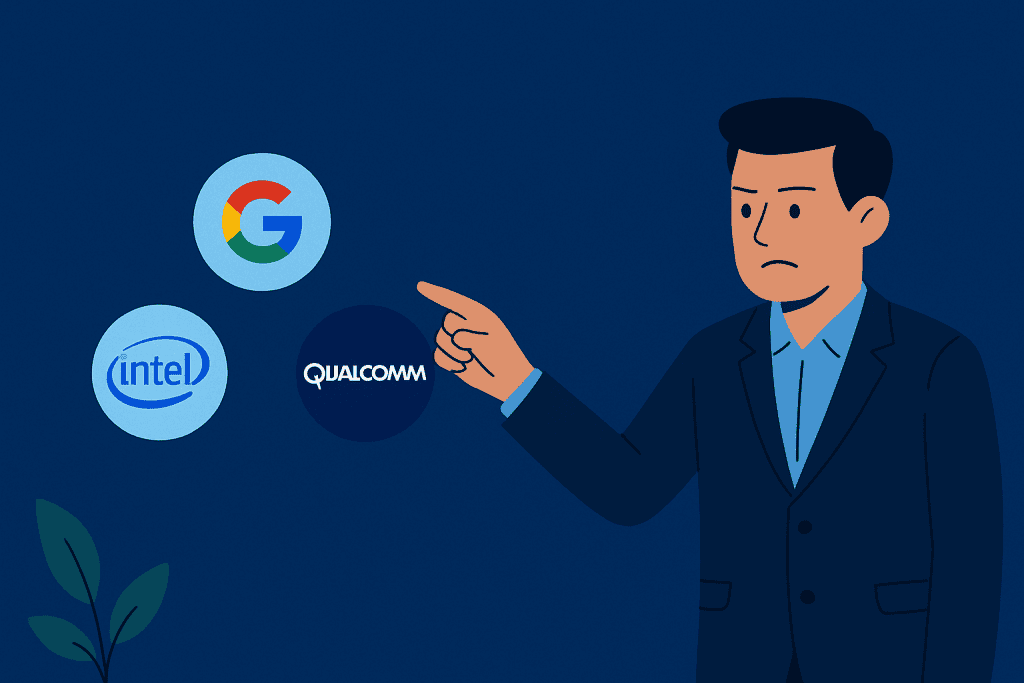The Huawei Ban has emerged as one of the most impactful economic actions in recent tech history. Initiated by the United States, this move was not just about targeting one company but reshaping how nations think about digital security, economic independence, and technological leadership. For economic analysts, it highlights the fragility of globally connected supply chains and the risks of relying heavily on foreign tech providers.
The ban’s ripple effects have touched nearly every corner of the industry, from smartphone markets to 5G infrastructure, forcing companies and countries alike to rethink strategies. As we explore this topic, we’ll delve into how the Huawei Ban unfolded, who it affected most, and why its consequences continue to resonate through today’s global economy.
What Happened
The Huawei Ban officially took shape in May 2019 when the U.S. government added Huawei Technologies to its Entity List, effectively restricting the company from doing business with American firms. The justification cited was national security concerns, particularly allegations of espionage and Huawei’s close ties to the Chinese government. This led to an immediate halt in business collaborations between Huawei and major U.S. tech firms such as Google, Intel, and Qualcomm. As a result, Huawei lost access to essential software and chip technologies, including the full version of the Android operating system.
Over time, the restrictions tightened. In November 2022, the U.S. Federal Communications Commission went a step further by banning the import and sale of all Huawei telecom and networking equipment within the U.S. market. This expanded the ban’s impact beyond smartphones to 5G infrastructure, routers, and surveillance equipment. Several allied nations in Europe and Asia followed suit, restricting Huawei’s role in critical tech infrastructure development.
Despite these significant setbacks, Huawei responded by ramping up its research and development efforts. It launched HarmonyOS, its own operating system, and began designing in-house chips. The company also pivoted toward other markets like Africa, the Middle East, and parts of Asia. Still, the absence from Western markets has reduced its global footprint, affecting brand perception and weakening its once-strong momentum in innovation leadership.
When and Where

The Huawei Ban has played out across a global stage, with its roots tracing back to Washington D.C. in early 2019. That year, the Trump administration added Huawei to the U.S. Department of Commerce’s Entity List, citing national security concerns. This marked the beginning of a multifaceted economic confrontation that quickly extended beyond the borders of the United States. Regulatory measures evolved rapidly, with significant updates in 2020 and again in late 2022 when the Federal Communications Commission (FCC) formally banned all sales and imports of Huawei equipment in the U.S.
The ripple effects reached Beijing, where the Chinese government has staunchly defended Huawei and criticized the U.S. actions as politically motivated. Simultaneously, other countries, including the United Kingdom, Canada, and Australia, adopted similar restrictions, particularly around Huawei’s role in 5G infrastructure. Even as of 2025, the ban continues to evolve, with new sanctions and tighter controls under review. The unfolding policy decisions have not only reshaped U.S.-China tech relations but also influenced global trade patterns and how countries approach digital infrastructure.
Who is Involved

Several key entities have shaped the Huawei Ban. On the U.S. side, the Department of Commerce played a central role by adding Huawei to the Entity List, making it illegal for American companies to do business with them without a license. The Federal Communications Commission followed with regulatory actions that extended beyond corporate restrictions to include full bans on telecom infrastructure. These moves received bipartisan support in the U.S. government, indicating a united front on national security concerns.
Huawei Technologies, headquartered in Shenzhen, China, is the focal point of this ban. Backed by strong political support from the Chinese government, Huawei has maintained that it operates independently and poses no threat to foreign governments. Nevertheless, the company’s deep involvement in global telecommunications infrastructure has made it a target of scrutiny.
Major corporations like Google were also directly affected, especially after being forced to sever ties with Huawei. This disrupted the software ecosystem on Huawei phones and prompted the company to build its own alternatives. Chipmakers like Qualcomm and Intel also experienced economic setbacks due to lost partnerships. Together, these players form the core of a tech standoff that continues to influence global policy and economic landscapes.
Why It Matters

The Huawei Ban carries significant weight in both economic and geopolitical circles. It represents a pivotal moment where national security concerns directly influenced global commerce. When the United States initiated the Huawei Ban, it effectively barred Huawei from accessing critical technologies like Android and U.S.-designed semiconductors. This forced a major reassessment of tech partnerships and supply chains across the globe. Countries reliant on Huawei infrastructure began reviewing their digital security frameworks and future procurement strategies.
Economically, the Huawei Ban sent shockwaves through the international tech market. Investor confidence plummeted, triggering a short-lived market crash that affected stocks in telecom, semiconductors, and 5G development. Fear of similar actions against other Chinese firms fueled global uncertainty. Companies heavily invested in Huawei technologies faced abrupt losses, leading to canceled projects and halted expansions.
From a consumer angle, the Huawei Ban devastated the Huawei phones USA segment. Access to essential Google services was cut off, and the company’s Huawei USA operations all but vanished. Although Huawei pushed alternatives like HarmonyOS, its international appeal dropped sharply.
Ultimately, the Huawei Ban stands as a landmark event that reshaped trade policy, innovation strategies, and the balance of technological power worldwide.
Quotes or Statements
In a public statement, Huawei responded, “A ban won’t stop Huawei’s technological evolution. We are committed to innovation through adversity.” – Huawei Official
Conclusion
The Huawei Ban has fundamentally changed the dynamics of the global tech industry. Initially triggered by national security concerns, it has now evolved into a much broader economic and geopolitical issue. The United States continues to stand firm on its restrictions, signaling a long-term decoupling from Chinese tech giants. As a result, Huawei has been forced to rethink its entire business model. The company has poured massive investments into research and development, resulting in proprietary innovations like HarmonyOS and self-designed chips that reduce its reliance on U.S. technology.
Meanwhile, China has responded with firm rhetoric and countermeasures, threatening to use anti-sanctions laws if restrictions intensify. This back-and-forth has raised concerns of a long-term tech cold war, where global supply chains could split along political lines. For economic analysts, the Huawei Ban reveals how political decisions can quickly reshape entire industries, affecting everything from consumer access to corporate investment strategies.
Looking ahead, the Huawei Ban serves as a crucial case study in digital sovereignty and economic resilience. Countries are beginning to build more secure and self-reliant tech ecosystems. As Huawei adapts and the international community watches closely, the outcome of this ban may set a lasting precedent for how future tech disputes unfold.
Resources
- Reuters. US FCC bans equipment sales, imports from ZTE, Huawei over national security risk
- Android Authority. Huawei Google Android Ban
- Times of India. Why Huawei’s new laptop is being regarded as evidence of how America’s China ban is hurting one of the biggest Chinese company
- TechRadar. Is the world’s largest CCTV surveillance camera vendor going to be the next Huawei?
- SCMP. China vows to use anti-sanctions law if US ban enforced
